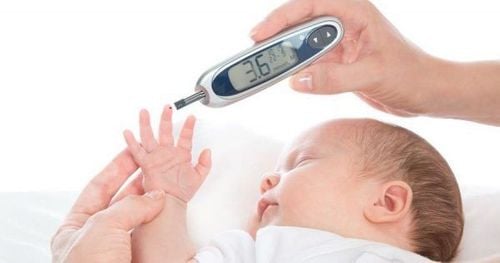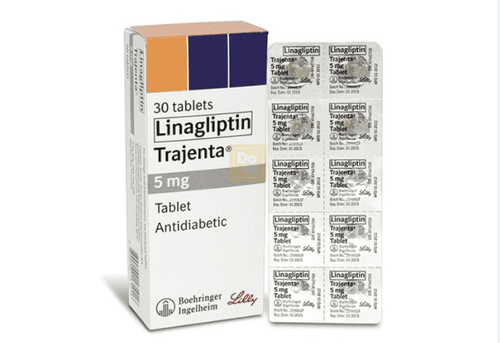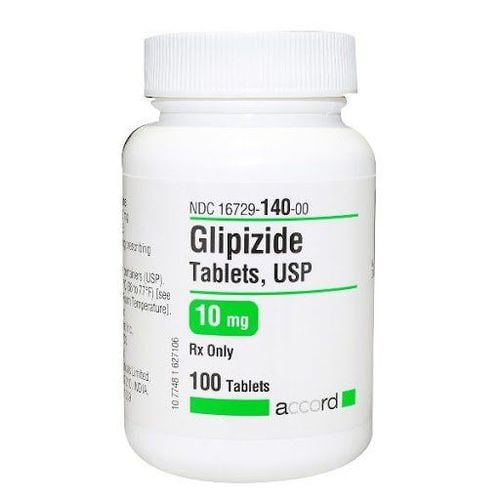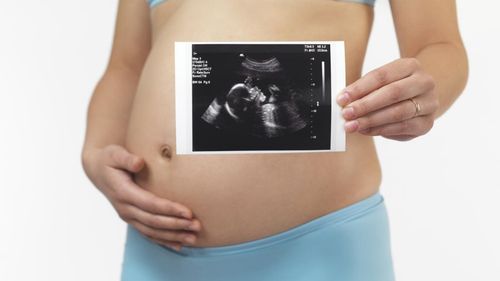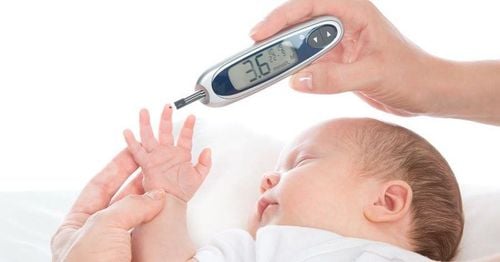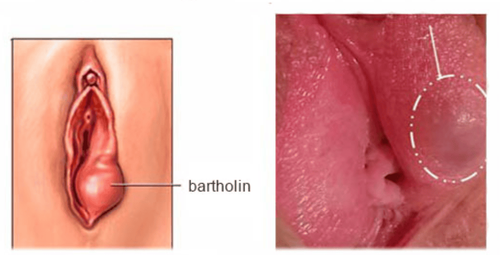This is an automatically translated article.
Posted by Master, Resident Doctor Dang Thi Ngoan - Department of Pediatrics - Neonatology - Vinmec Ha Long International Hospital
Hyperglycemia - hypoglycemia in the newborn is a common pathology for newborns and can be transient in the early postpartum period. Knowing the symptoms of this condition will help parents make timely and proper treatment plans.
1. Overview of neonatal hypoglycemia
1.1 Signs of Hypoglycemia in Newborns In infants, signs of hypoglycemia may include the following.
Rapid drop in body temperature, pale skin, cyanosis, cold limbs Digestive symptoms such as abdominal pain, vomiting, intense hunger, irritability Rapid, rapid, and strong breathing In severe cases, convulsions, kissing Signs of hypoglycaemia in the newborn can be accompanied by conditions that are a risk of hypoglycaemia, such as: respiratory failure, infection, premature birth, mother with gestational diabetes, large fetus, etc. ....

Hạ đường huyết ở trẻ sơ sinh khiến trẻ đau bụng khó chịu
1.2 Subjects at risk of hypoglycaemia Newborns at risk of hypoglycemia are the following cases:
Mother has gestational diabetes or is given a sugar solution before birth, and the mother is using drugs (Beta blockers, .. .). Children with a larger weight for gestational age: Due to the large demand for sugar, the risk of hypoglycaemia is increased when there is insufficient glucose storage. Premature babies, intrauterine growth retardation, low birth weight: These cases have very low sugar storage in the liver, so the ability to regulate blood sugar is poor. Children with medical conditions: Asphyxia, infection, shock, hypothermia, respiratory failure, polycythemia vera, congenital metabolic disorders, ... Children are fed late
1.3 Treatment of hypoglycemia in neonates 1.3.1 Blood sugar correction Blood glucose adjustment is made step by step according to the degree of hypoglycemia, with or without symptoms. Immediate treatment of urgent conditions Research: Convulsions, cyanosis, respiratory failure, ... Adjust blood sugar
Adjust diet: Apply to blood glucose level from 2 - 2.6 mmol/L and no symptoms Early breastfeeding right after birth. If the child cannot breastfeed, feed the child with an alternative method, the amount of food is enough according to the needs of the day. Monitor blood sugar before eating. Indication for hypoglycemia
Children with symptoms Blood sugar <1.4 mmol/L Blood sugar < 2.2.mmol/L when adjusted by diet Children can't eat

Khi trẻ không ăn được sẽ được truyền dịch để hạ đường huyết
1.3.2 Treat the cause
In some cases hypoglycemia in infants is related to endocrine problems. These cases are usually persistent hypoglycemia. Therefore, it is necessary to consult an endocrinologist to find out the cause and give appropriate treatment
Neonatal hypoglycemia is a dangerous condition, so it is necessary to identify young subjects at risk of hypoglycemia early. blood sugar for early monitoring and treatment plan.
2. An overview of neonatal hyperglycemia
Neonatal hyperglycemia is defined as blood glucose > 6.9 mmol/L (125 mg/dL). Hyperglycemia can cause a number of serious consequences in the neonate such as: increased morbidity and mortality in neonates, impaired immunity, increased risk of infection, delayed wound healing, increased risk of retinopathy , increased risk of cerebral hemorrhage .
2.1 Subjects at risk of neonatal hyperglycemia Hyperglycemia in newborns is common in:
Premature infants Intrauterine growth retardation Delay oral feeding Drugs: Caffeine, Theophylline, .. Severe infections: Due to decreased insulin production and decreased peripheral glucose utilization, respiratory failure, after surgery, ... Glucose solution infusion rate is higher than required. Infusion of lipid solution high rate and early

Trẻ sinh non có nguy cơ cao bị tăng đường huyết
2.2 Recognizing signs of hyperglycemia in infants Hyperglycemia in infants often has no specific clinical manifestations. Common in children with a lower weight than gestational age, frequent urination, dehydration, acidosis, thin subcutaneous fat layer, growth retardation, no weight gain.
2.3 Treatment of hyperglycemia in infants Limiting risk factors for hyperglycemia Use of Insulin: Depending on the degree of hyperglycemia and the goal to be achieved in each specific disease, insulin doses will be used difference. Vinmec International General Hospital with a system of modern facilities, medical equipment and a team of experts and doctors with many years of experience in neurological examination and treatment, patients can completely rest in peace. examination and treatment center at the Hospital.
To register for examination and treatment at Vinmec International General Hospital, you can contact Vinmec Health System nationwide, or register online HERE.
SEE MORE
Neonatal diabetes: What you need to know Objects at risk of neonatal hypoglycemia Hypoglycemia in newborns: Signs and management





